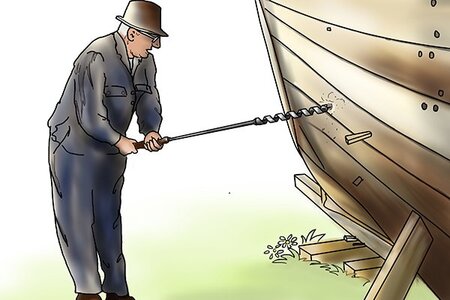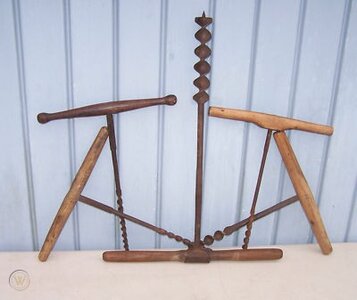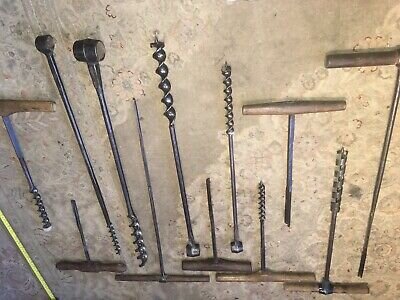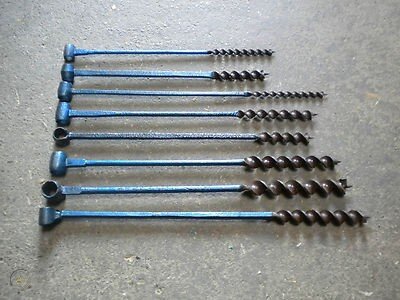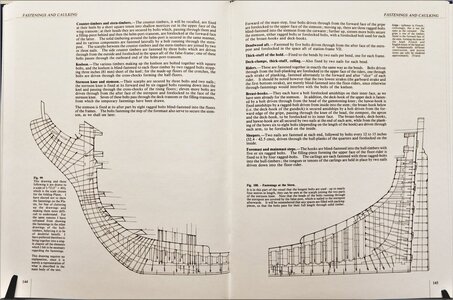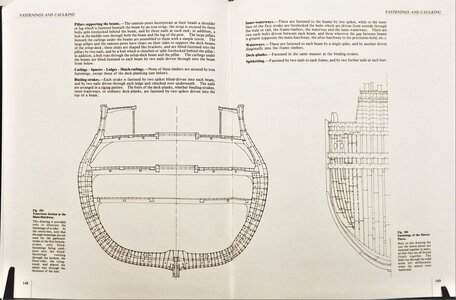Is there a reason we use brass nails? The ones that came with my kit have heads that are too small and go right through the holes in the chainplates - I have suitable size steel ones - since they are to be painted, I can't see it being a problem - or am I missing something?
-

Win a Free Custom Engraved Brass Coin!!!
As a way to introduce our brass coins to the community, we will raffle off a free coin during the month of August. Follow link ABOVE for instructions for entering.
You are using an out of date browser. It may not display this or other websites correctly.
You should upgrade or use an alternative browser.
You should upgrade or use an alternative browser.
Brass tacks
- Thread starter jimmystratos
- Start date
- Watchers 4
No problems at all using steel nails if you paint the heads black after installation.
.
.
Hello Jim,Is there a reason we use brass nails? The ones that came with my kit have heads that are too small and go right through the holes in the chainplates - I have suitable size steel ones - since they are to be painted, I can't see it being a problem - or am I missing something?
As you said, we mostly use brass (sometimes copper) wire because it is easy to work with. Brass is considerably strong but pliable after annealing. One of the important aspects, it is relatively easy to solder with a torch (hard solder) and regular soldering iron (soft solder). Yet another important point - you can blacken parts with the majority of the blackening solutions to have a nice blue steel effect.
Steel is a much harder material to work with, it is required different types of tools as it is considered a hard material. Even after annealing, it is very hard to shape. Also, unless it is stainless steel, it tends to corrosion after some time and become rusted. It is somewhat difficult to solder. But something else I just discovered, thanks for the lesson taught @PoulD, steel oxidizes and colors the timber it is inserted to.
Silver is probably the best material to use, a lot of Russian modelers love to work with silver. But this material is way expensive compared to brass\copper and\or steel.
Otherwise, no problem to use steel...if you like it! Why not?!!!
So in 150 years, people will look at my model and question why the idiot who built it used steel nails which discoloured the wood!Hello Jim,
As you said, we mostly use brass (sometimes copper) wire because it is easy to work with. Brass is considerably strong but pliable after annealing. One of the important aspects, it is relatively easy to solder with a torch (hard solder) and regular soldering iron (soft solder). Yet another important point - you can blacken parts with the majority of the blackening solutions to have a nice blue steel effect.
Steel is a much harder material to work with, it is required different types of tools as it is considered a hard material. Even after annealing, it is very hard to shape. Also, unless it is stainless steel, it tends to corrosion after some time and become rusted. It is somewhat difficult to solder. But something else I just discovered, thanks for the lesson taught @PoulD, steel oxidizes and colors the timber it is inserted to.
Silver is probably the best material to use, a lot of Russian modelers love to work with silver. But this material is way expensive compared to brass\copper and\or steel.
Otherwise, no problem to use steel...if you like it! Why not?!!!
Did the original shipbuilders drill holes to ease the insertion of iron nails? The length and thickness of the nails must have been difficult to drive in without it.

I would not use steel or iron nails...... there are enough negative examples
Thank you gentlemen, I am wiser as well as older now!






